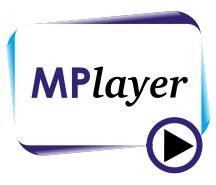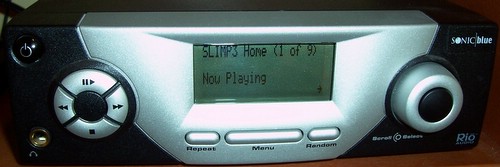The stock MPlayer that is included with the AspireOne didn’t see to have support for very many codecs. It certainly didn’t handle the quicktime videos (.mov) that our Kodak point and shoot created, nor did it manage to handle a xvid encoded video I had converted from DVD using DVDRip.
It certainly didn’t handle the quicktime videos (.mov) that our Kodak point and shoot created, nor did it manage to handle a xvid encoded video I had converted from DVD using DVDRip.
Many users of the AspireOne simply install VLC Media Player, there is a pretty long how to thread on doing this in the aspireoneuser.com forum. There are also plenty of comparisons out there on the web about vlc vs. mplayer – I’m not going to go there. The reason that I didn’t immediately go the VLC route was that the AspireOne shipped with MPlayer, and it seems more reasonable to ‘fix’ it than simply throw it out and start fresh. (of course, my end solution was basically toss the stock MPlayer and install a new more useful one).
I can’t take credit for figuring out how to do this. Some web searching turned up the answer posted with nice detail on another blog. I would recommend that you review the comments to the posting before trying to upgrade your Mplayer. I had some problems, all of which were addressed in the comments (and for the most part have been rolled back into the main post). The only problem I had that was not covered in the comments, and is likely due to some of my previous hacking was missing dependencies, which was cleared up by issuing a “sudo yum update fedora-release” before trying the install. Hats off to Mike Silva for posting a great how-to.
This now makes it possible to use the AspireOne to watch movies converted from our DVD collection, handy for when we’re travelling. The updated Mplayer can also handle quicktime movies created by our camera, giving us another good reason to drag it along on trips.



